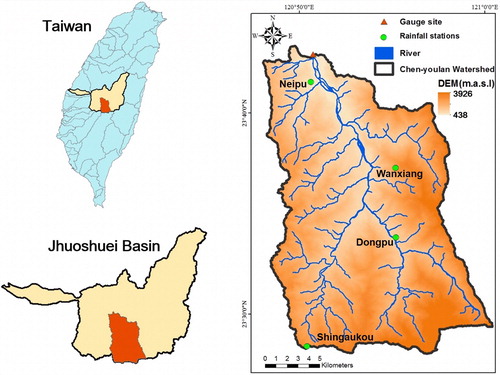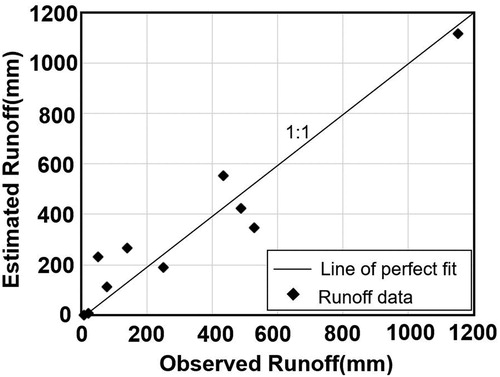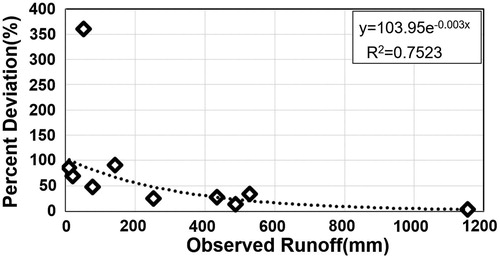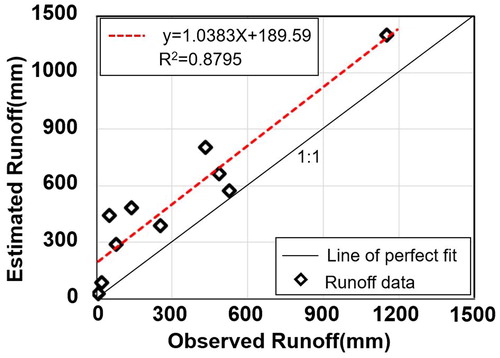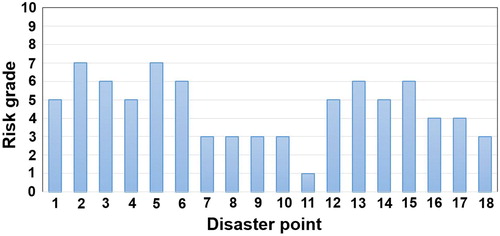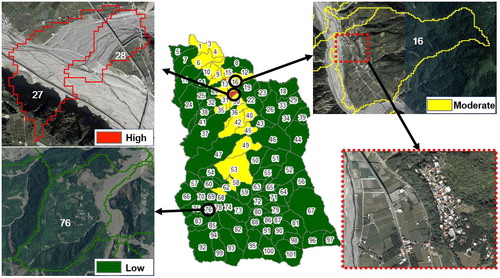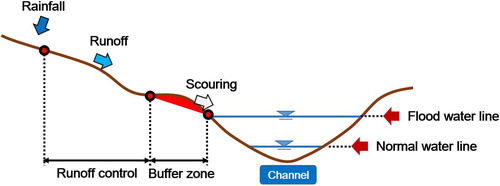Figures & data
Table 1. Study materials.
Figure 2. Using statistical methods to sort land use on the basis of satellite images. Source: Author
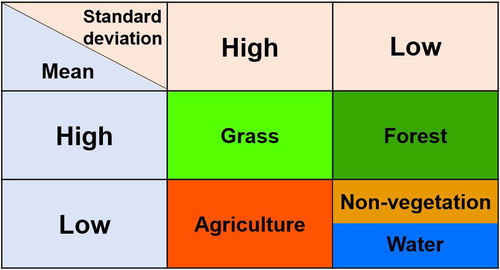
Table 2. Results of accuracy assessment.
Figure 4. Comparison of land cover types obtained using satellite-image-based classification with aerial photographs. Source: Author
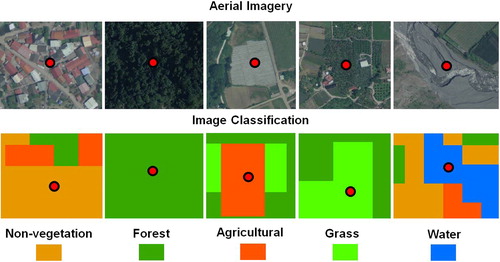
Figure 5. Spatial distributions of land cover types, hydrologic soil group, and CN values of the Chenyoulan watershed in 2008. Source: Author

Table 3. Typhoon events and related data.
Figure 9. Spatial distribution of flooding risks during Typhoon Morakot. (a) Spatial distribution of the potential maximum retention in 2008 (b) Spatial distribution of the runoff during Typhoon Morakot (c) Spatial distribution of the runoff after model revision (d) Spatial distribution of the topographic wetness indices (e) Spatial distribution of Typhoon Morakot-induced flood risks (f) Spatial distribution of the disaster locations. Source: Author
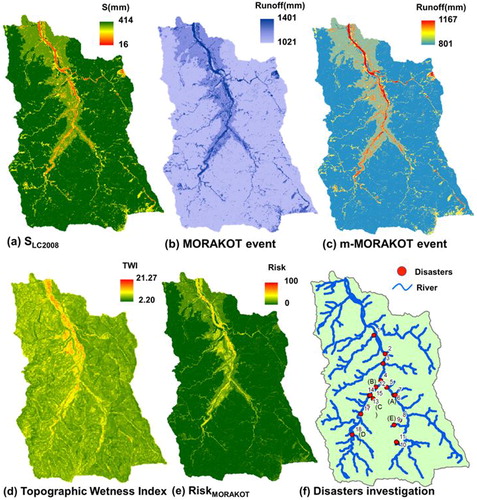
Figure 11. Relationship between flooding risk grades and number of corresponding disaster sites during Typhoon Morakot. Source: Author
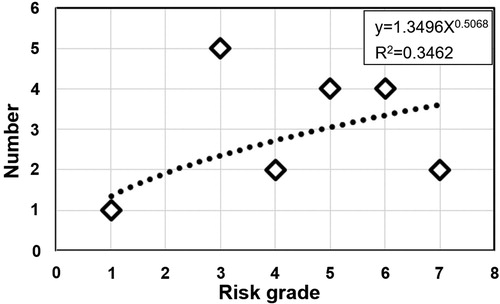
Figure 13. Scouring caused by Typhoon Morakot (Source: Yang et al. Citation2009).
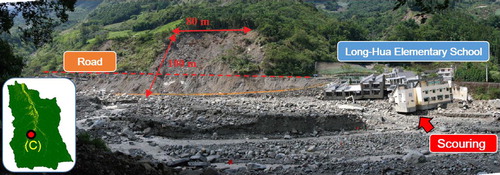
Table 4. Notable disaster sites in the Chenyoulan watershed.
Data availability statement
Not applicable.

